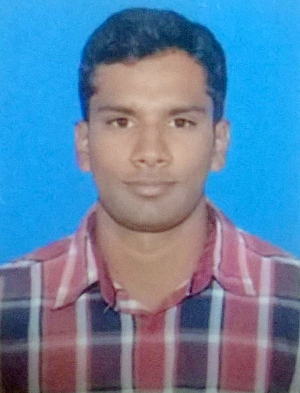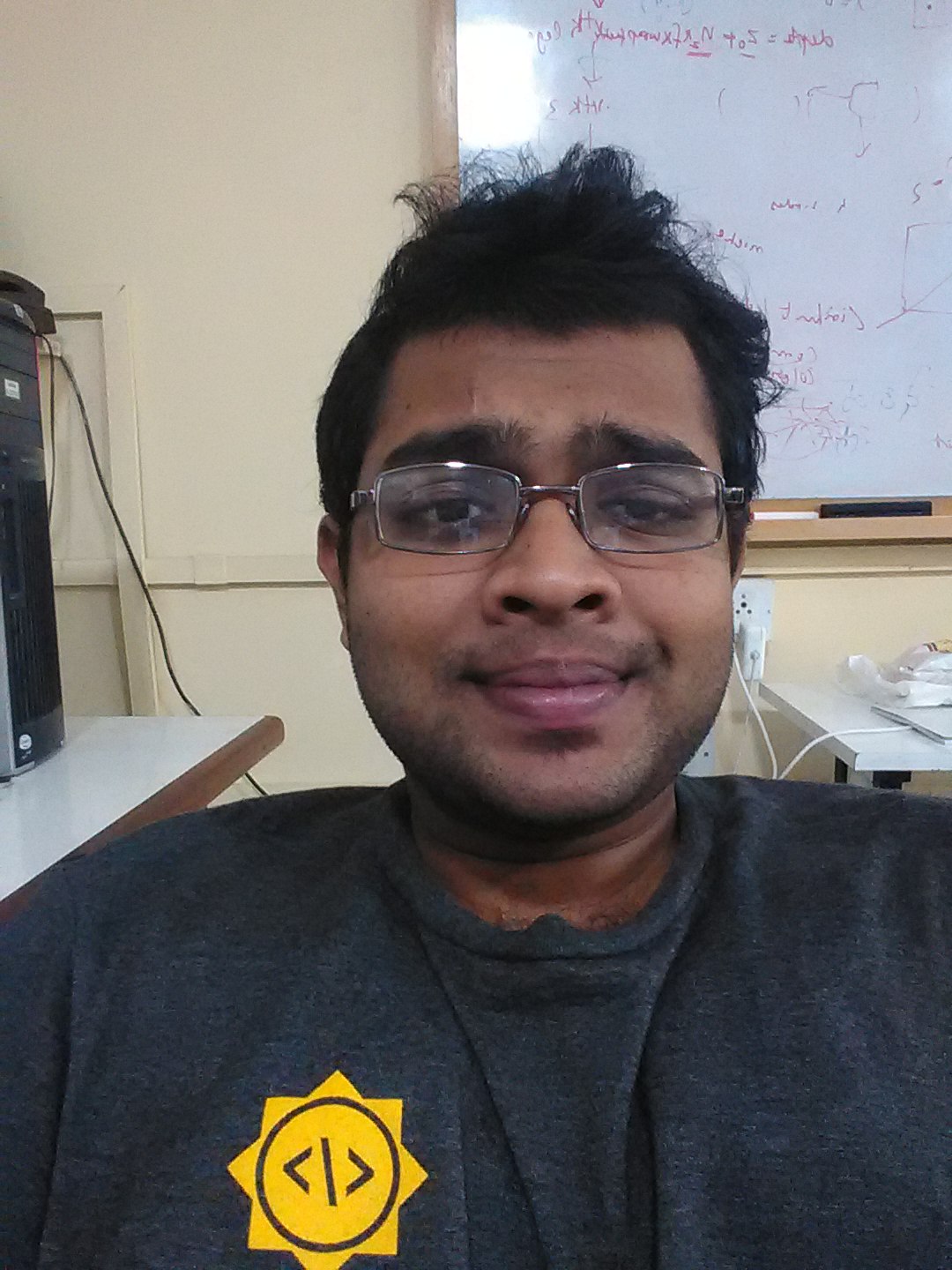Protein complexes often contain repeating patterns at multiple scales. For example, many proteins are composed of copies of a chain occurring multiple times to give the protein its symmetric tertiary structure. This server implements a very efficient method developed by Thomas and Natarajan [1] for determining repeating patterns in 3D scalar fields at multiple scales. An integrated topological and geometric approach is employed to efficiently and automatically determine the symmetries at multiple scales.
This method is applied to electron density maps available from the Electron Microscopy Data Bank (EMDB).
[1] Dilip Mathew Thomas and Vijay Natarajan. Detecting symmetry in scalar fields using augmented extremum graphs. IEEE Transactions on Visualization and Computer Graphics (IEEE SciVis 2013), 19 (12), 2013, 2663-2672.



For suggestions, comments and feedback: vgl.software [AT] iisc [DOT] ac [DOT] in
© Visualization and Graphics Lab, CSA, IISc